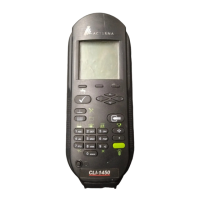• Evaluating, selecting and using
RF signal leak detection equip-
ment.
• Developing skills needed to
detect and record signal leakage
accurately.
• The importance of using a cali-
brated leak for drive-out equip-
ment verification.
• The use of tagging especially in
overbuild situations.
• Using the hand-held dipole
antenna for “Walk-About’ and “In-
Home” leakage detection.
• The “Find-and-Fix” measurement
mode allows user to find leaks
quickly.
• Tips for ingress checking.
• Diagrams, tips and tricks
designed to help train and teach
your technical staff.
Always Remember: The science of find-
ing signal leakage cannot be com-
pletely taught nor documented. A
combination of field experience, on-
going discussion with cable industry
peers, and the usual blood, sweat,
and tears are the only effective train-
ing tools recognized by the most suc-
cessful field technicians.
Our Advice: You can best deal with “the
beast” through on-going training and
by using a good set of standard
processes and procedures. If your
cable system has a CLI Measurement
Practice Program, we suggest that you
follow it closely. The implementation
of a good CLI program will not only
improve your measurement tech-
niques, but will provide a consistent
set of policies and procedures for
everyone to follow. A cable system
committed to the goal of “Taming the
Beast” will prosper as a result of
improving the quality of customer
service and holding the bottom line.
1-5

